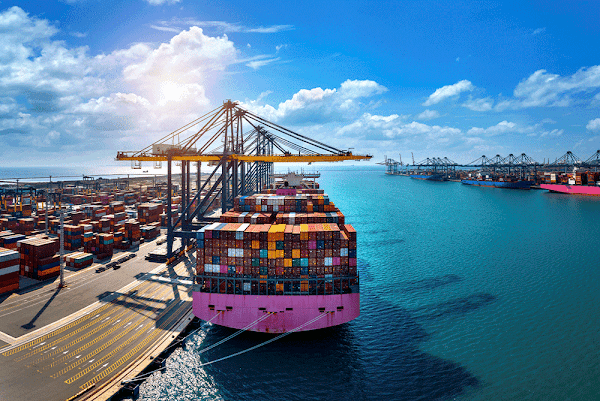Land Freight vs. Other Freight Modes: Pros and Cons

Choosing the appropriate freight mode (land, sea, or air) is crucial for businesses to balance cost, speed, and reliability. Here’s a comparison to help make an informed decision: Land Freight (Road and Rail) Pros: Cost-Effective for Short Distances: Ideal for regional deliveries, providing economical solutions, especially for short distances. Door-to-Door Service: Provides direct delivery without the need for additional handling, reducing potential delays and damage. Flexibility: Capable of accommodating various shipment sizes and types, making it versatile for different business needs. Cons: Limited Capacity: Vehicles have size and weight restrictions, which may not suit very large shipments. Susceptible to Delays: Traffic congestion, weather conditions, and road infrastructure issues can impact transit times. Sea Freight Pros: Cost-Effective for Large Shipments: Ideal for transporting bulk goods over long distances at a lower cost. High Capacity...







